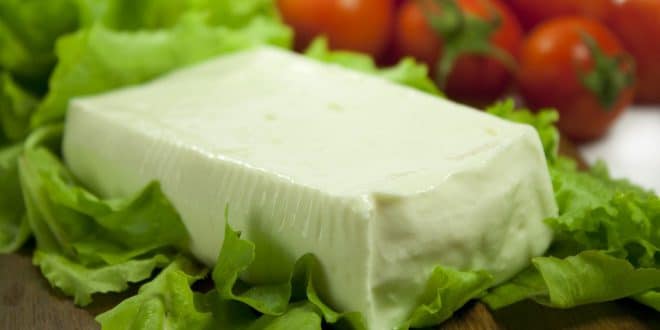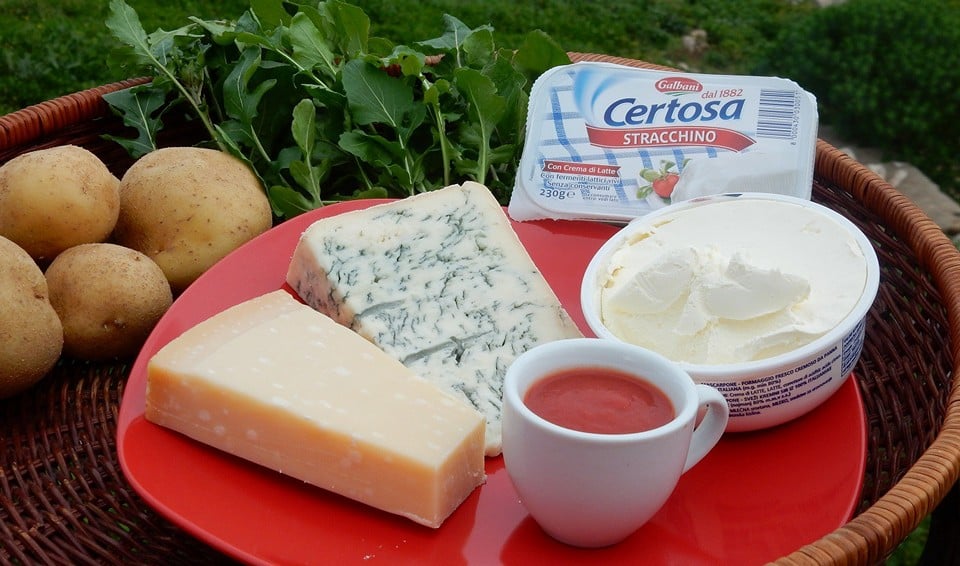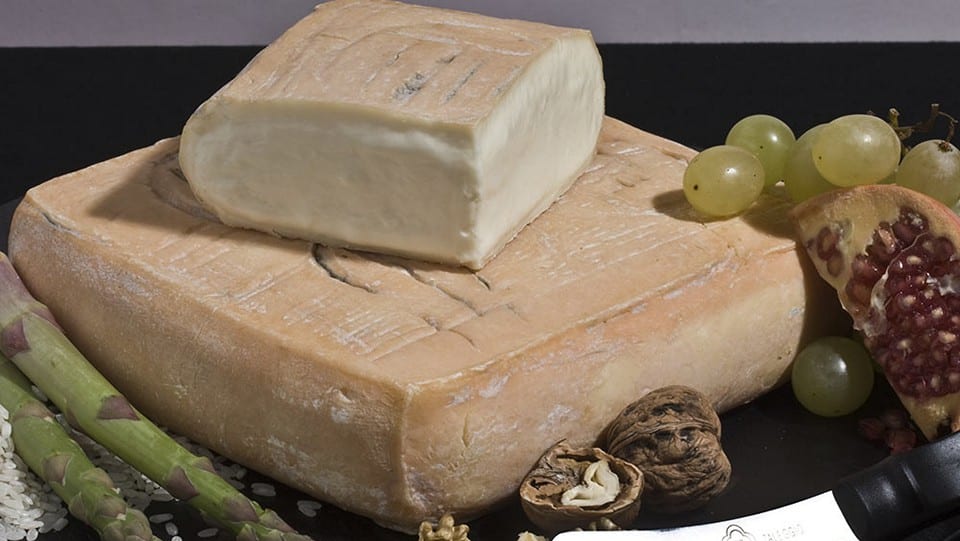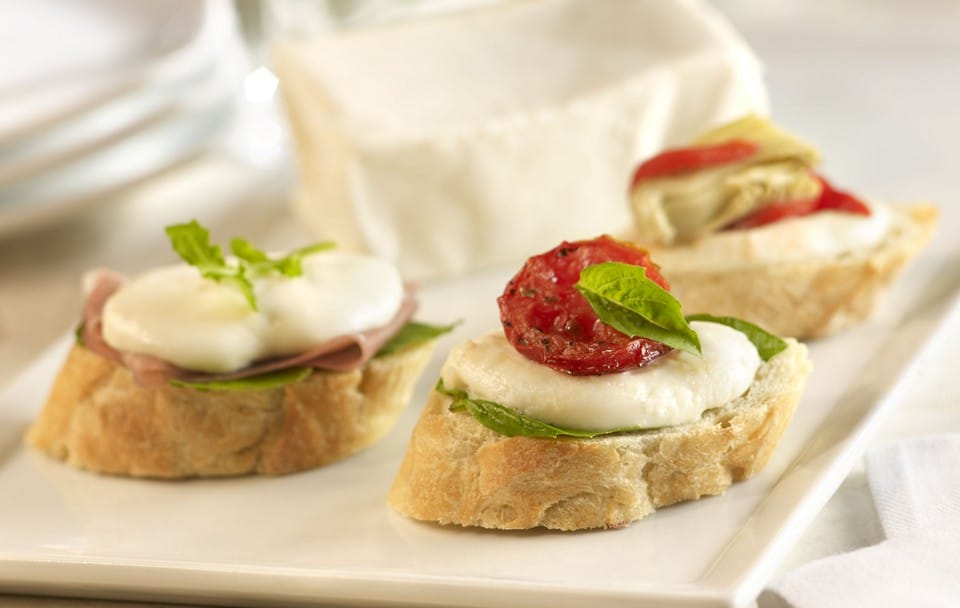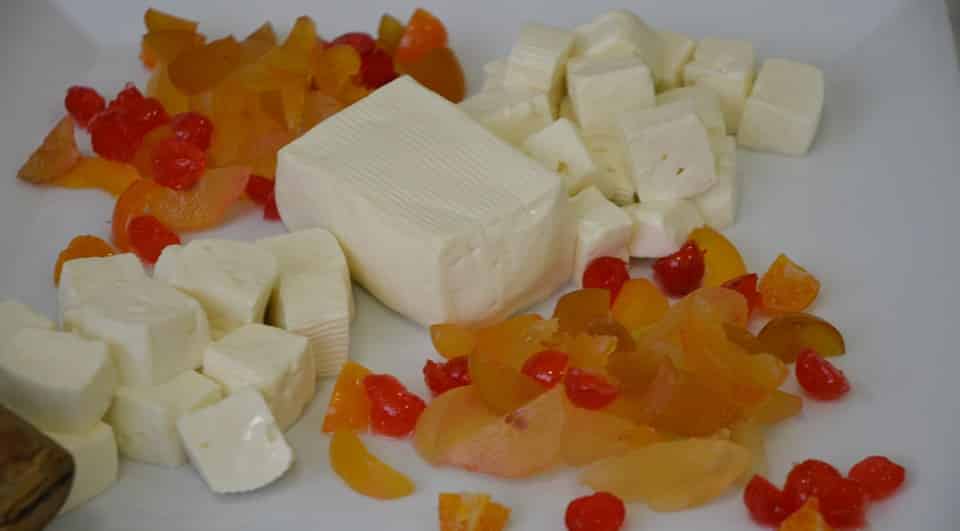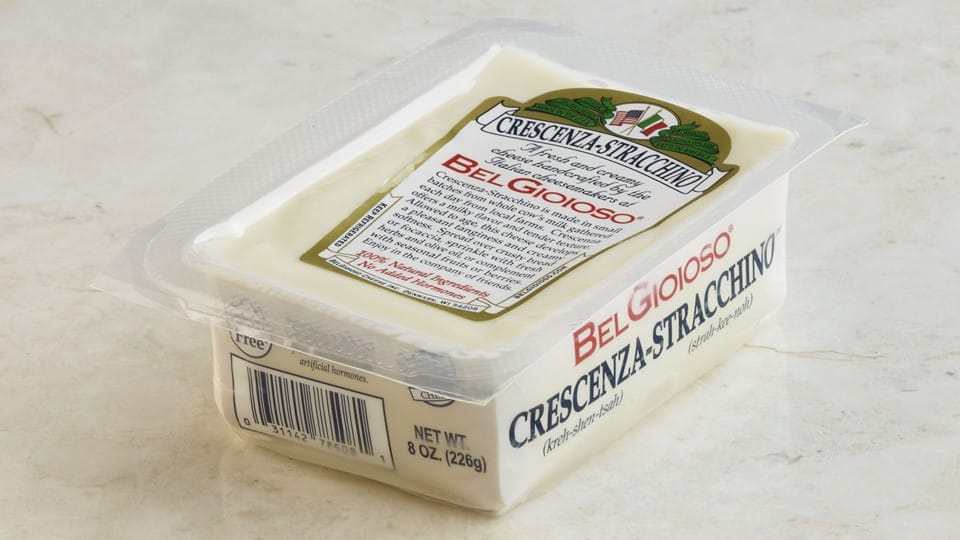Stracchino is a soft Italian cheese, a typical product of the Lombardy region. It is also known as Crescenza. Although it may not be widely popular, there is a global trend of decreasing production due to increasing competition. But who is this undeservedly forgotten Italian cheese?
All over the world there is a tendency to reduce its production, due to growing competition. Like the grandmother from the fairy tale “The Gingerbread Man,” we have scoured the corners of the worldwide web and gathered the most comprehensive information about Stracchino. So, if you want to know everything about this cheese, don’t hesitate to read our article.
Page Contents
Versions of Origin
There are two different versions regarding the origin of Stracchino. However, it remains a fact that Lombardy is the birthplace of this cheese.
The first hypothesis is widely known and passed down from mouth to mouth, from website to website. According to this version, the production of Stracchino dates back to the 9th century. The cheese was made from the milk of cows that had returned tired from the summer pastures in the mountains. It is believed that the name Stracchino, which means “tired” in Italian, originated from this circumstance. It is considered that the physical exertion experienced by the cows resulted in milk with higher fat content, and preserving the product during the autumn-winter months was not a significant challenge.
The second version lacks solid evidence but has managed to survive within the borders of Italy. According to this version, French monks who established an abbey in southern Milan taught rural inhabitants how to redirect water to prevent stagnant water and the formation of marshes, which were the main source of malaria. Additionally, they introduced techniques for maintaining unfrozen streams, preventing the freezing of fields and allowing for continued grass cutting during the winter period. As a result, cows were fed with hay that had undergone decomposition and was low in nutritional value. Consequently, the milk obtained from these cows had low fat content and virtually no vitamin value, resulting in a cheese that was considered “tired” or “fatigued.”
Today, thanks to a wide range of specialized equipment, the cheese is produced year-round. However, in Italy, one can still find traditional producers who exclusively make Stracchino cheese during the autumn-winter period.
Stracchino is the precursor to many soft cheeses. For example:
- Gorgonzola was accidentally created during the production of Stracchino.
- Taleggio, originally known as “Stracchino from Val Taleggio,” emerged as a variation of Stracchino.
Production Process
Traditionally, Stracchino is produced in the regions of Lombardy, Tuscany (Toscana), and Veneto (Veneto) using cow’s milk. However, nowadays, there are also varieties of the cheese made from buffalo milk and goat milk.
The production process consists of the following stages:
- Heating the milk to 30-32 degrees Celsius (86-89.6 degrees Fahrenheit) and curdling it using rennet or, in some cases, allowing spontaneous coagulation through the action of lactic acid bacteria. This process takes approximately 20-40 minutes.
- Breaking up the curd into particles the size of a hazelnut.
- Draining off the whey and aging the cheese in molds for about 1.5 days in an environment with 90% humidity and a temperature of 20 degrees Celsius (68 degrees Fahrenheit). The climatic conditions are strictly controlled to prevent the cheese from losing its shape. During this stage, the cheese develops a light white rind.
- Aging the cheese at 6-10 degrees Celsius (42.8-50 degrees Fahrenheit) and 75% humidity for a period of 20 days. During this time, Stracchino acquires its distinctive taste and aroma.
The cheese wheels have a parallelepiped shape with a square base (20-22 cm or 7.9-8.7 inches per side) and weigh approximately 1 kg (2.2 lbs).
Difference from Taleggio cheese
Taleggio is the parent cheese of Stracchino. Both cheeses originate from Lombardy and have similar nutritional values. However, despite their close relationship, there are distinct differences between them.
Here’s how these products differ:
- Stracchino is a soft cheese with little to no rind or a very thin white rind. In a 50g serving of Stracchino, the sodium content covers 10% of the recommended daily intake. It is aged for no more than 20 days.
- Taleggio is a semi-soft cheese with a protected designation of origin (DOP). It has a thin rind that ranges from pink to orange. In a 50g serving of Taleggio, the sodium content covers 21% of the recommended daily intake. It is aged for 1-2 months with periodic immersion in a brine solution.
How to Eat and How to Replace Stracchino
Recipes for enjoying stracchino cheese are based on its texture, taste, and aroma. The cheese has a soft, creamy texture with a smooth, buttery consistency. It has a mild, creamy taste with a slight tang and a hint of bitterness.
Often, stracchino is eaten on its own, spread on bread. It can also be paired with fresh arugula, fruits, jam, honey, or salami. It pairs excellently with white wine with fruity notes. There are numerous recipes that incorporate stracchino cheese. It can be added to pizza, risotto, polenta, pasta, salads, and sauces.
Now let’s introduce you to popular Italian recipes featuring this soft cheese:
- Dessert Ice Cream: Slice stracchino and fruits, dress them with cream, and freeze the mixture.
- Pasta: Toss cooked pasta with stracchino, sun-dried tomatoes, and spices to taste.
- Italian Cheese Popcorn: Sprinkle grated stracchino over hot popcorn before serving.
What can be used as a substitute for stracchino in recipes? The answer is simple: any available soft or creamy cheese. In more challenging cases, regular creamy processed cheese can serve as a replacement.
Caloric Content and Benefits
A 100g serving of stracchino provides the following to your body:
- 262 kcal
- 14.6g of protein
- 21.5g of fat (70% of which are saturated fats)
- 2.5g of carbohydrates
Like all cheeses, stracchino is relatively high in calories, so it should be consumed in moderate amounts. Medical recommendations suggest consuming it 1-2 times a week, not exceeding 100g per serving, as a primary source of protein in a single meal. Proteins play an important role in muscle growth and proper functioning, particularly for athletes.
It’s important to remember that Stracchino cheese is a source of salt. This should be taken into account by reducing the amount of salt when preparing dishes with this cheese. Sodium is an essential element that participates in the conduction of nerve impulses, but when accumulated in the body, it can cause high blood pressure.
An important fact is that Stracchino cheese is an excellent source of vitamin B and minerals. A serving of 100 grams of cheese provides your body with the following:
- 43% of the daily calcium requirement (which is involved in bone formation and helps prevent osteoporosis).
- 38% of phosphorus (which supports tooth integrity).
- 60% of vitamin B12 (which regulates the central nervous system function).
Price in Italy
In Italy, you can buy Stracchino cheese for around 10 Euros per kilogram.
На прилавках отечественных супермаркетов шаговой доступности страккино обнаружить крайне тяжело, но онлайн-магазины предлагают купить этот сорт сыра (российского производства) по цене 160 рублей за 100 г.
That’s all there is to know about Stracchino cheese in the world. Read, dream, travel, and remember: “Stracchino with porridge is not our food. But delicious!”
Interesting Facts about Stracchino
- Stracchino, also known as Crescenza, is a soft, creamy Italian cheese that originated in Lombardy. Its velvety texture and delicate flavor make it a perfect addition to a variety of dishes.
- Stracchino gets its name from the word “stracca,” meaning tired in Italian. Legend has it that the cows grazing in the Lombardy region would become tired and produce milk with a unique flavor, which is used to make this exquisite cheese.
- This cheese is traditionally made from the milk of cows that have been grazing in the high pastures of Lombardy during the spring and fall. The unique combination of grasses and herbs they consume contributes to the rich and distinctive taste of Stracchino.
- The making of Stracchino involves a special curdling process, where the milk is left to ferment and coagulate naturally. This method results in a cheese that is full of flavor and has a delightful tanginess.
- Stracchino is incredibly versatile and can be enjoyed in various ways. It can be spread on crusty bread, used as a filling for savory pastries, or melted over grilled vegetables and meats to add a creamy touch.
- The creamy and luscious texture of Stracchino makes it a fantastic cheese for melting. It can be used to create decadent pasta sauces, oozy pizza toppings, or even added to risotto for a creamy finish.
- Stracchino is often paired with other Italian delicacies, such as prosciutto or bresaola. The combination of the soft, mild cheese and the salty cured meats creates a delightful balance of flavors.
 Italy for me From Italy with love
Italy for me From Italy with love

